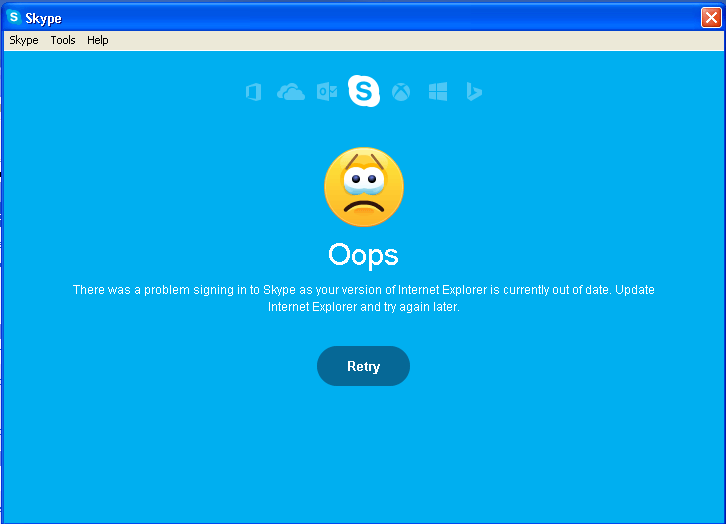Maximizing Windows Performance: A Comprehensive Guide
Have you ever encountered frustrating compatibility errors or persistent glitches when trying to install new applications or games on your Windows device? These issues often stem from running an outdated Windows version. Keeping your Windows operating system up to date is not just about staying current; it’s about optimizing your device’s performance, enhancing compatibility, and fortifying security. In this detailed guide, we’ll delve into the intricacies of identifying your Windows version, unlocking the secrets to seamless updates, and ensuring your device operates at its peak potential.
Understanding the Significance of Windows Version Awareness
Knowing which version of Windows your device operates on is far more than a trivial detail; it’s a crucial factor that impacts your entire computing experience. Software compatibility hinges on running the appropriate Windows version as developers tailor their applications and updates to specific operating system iterations. With this awareness, you can avoid encountering frustrating compatibility issues and functionality limitations.
Moreover, staying informed about your Windows version allows you to anticipate future developments. As Microsoft periodically phases out support for older versions, users must remain vigilant to ensure timely updates. This proactive approach ensures continuous access to vital security patches, bug fixes, and performance enhancements, safeguarding your device against evolving threats and vulnerabilities.
Unveiling Your Windows Version: A Step-by-Step Guide
Discovering which Windows version your device runs on is a straightforward process that empowers you to take control of your computing environment. Follow these easy steps to unveil the mysteries of your Windows version:
- Access Settings: Press the Windows key + I on your keyboard to open the Settings app.
- Navigate to System: Within the Settings app, navigate to System.
- Explore System Information: Click “About” to access detailed information about your device.
- Identify Windows Specifications: Scroll down to the “Windows specifications” section to uncover vital details about your Windows edition, version, and build number.
By following these simple steps, you gain valuable insights into your device’s operating environment, laying the foundation for informed decision-making regarding updates and optimizations.
Troubleshooting and Streamlining Windows Updates
While staying abreast of Windows updates is paramount, occasional hiccups may impede the process. Fear not! Here are some troubleshooting tips to navigate common update-related challenges:
- Manual Update Check: If automatic updates falter, manually check for updates by returning to the Settings app and navigating to Update & Security. Then, from there, select Windows Update. Finally, click on the “Check for updates” button to initiate the process.
- Address Storage Constraints: Insufficient storage space can hinder update installations. Ensure your device has ample storage capacity to accommodate new updates.
- Utilize Update Troubleshooter: Windows includes a built-in Update Troubleshooter to diagnose and resolve update-related issues automatically. Access it through the Update & Security section in Settings.
- Leverage Online Resources: Microsoft’s support website offers many resources, including troubleshooting guides and community forums, where users can seek assistance and share insights.
By employing these strategies, you can overcome update obstacles and maintain a fluid, uninterrupted computing experience.
The Power of Proactive Maintenance
In conclusion, nurturing a proactive approach to Windows version management and updates is paramount to unlocking the full potential of your device. By understanding your Windows version, staying vigilant for updates, and troubleshooting potential hurdles, you can optimize performance, bolster compatibility, and fortify security. Embrace the journey towards technological empowerment and embark on a seamless computing experience with Windows.
Topics That Might Interest You:
How to Change Your Default Browser to Google Chrome on Windows 10


